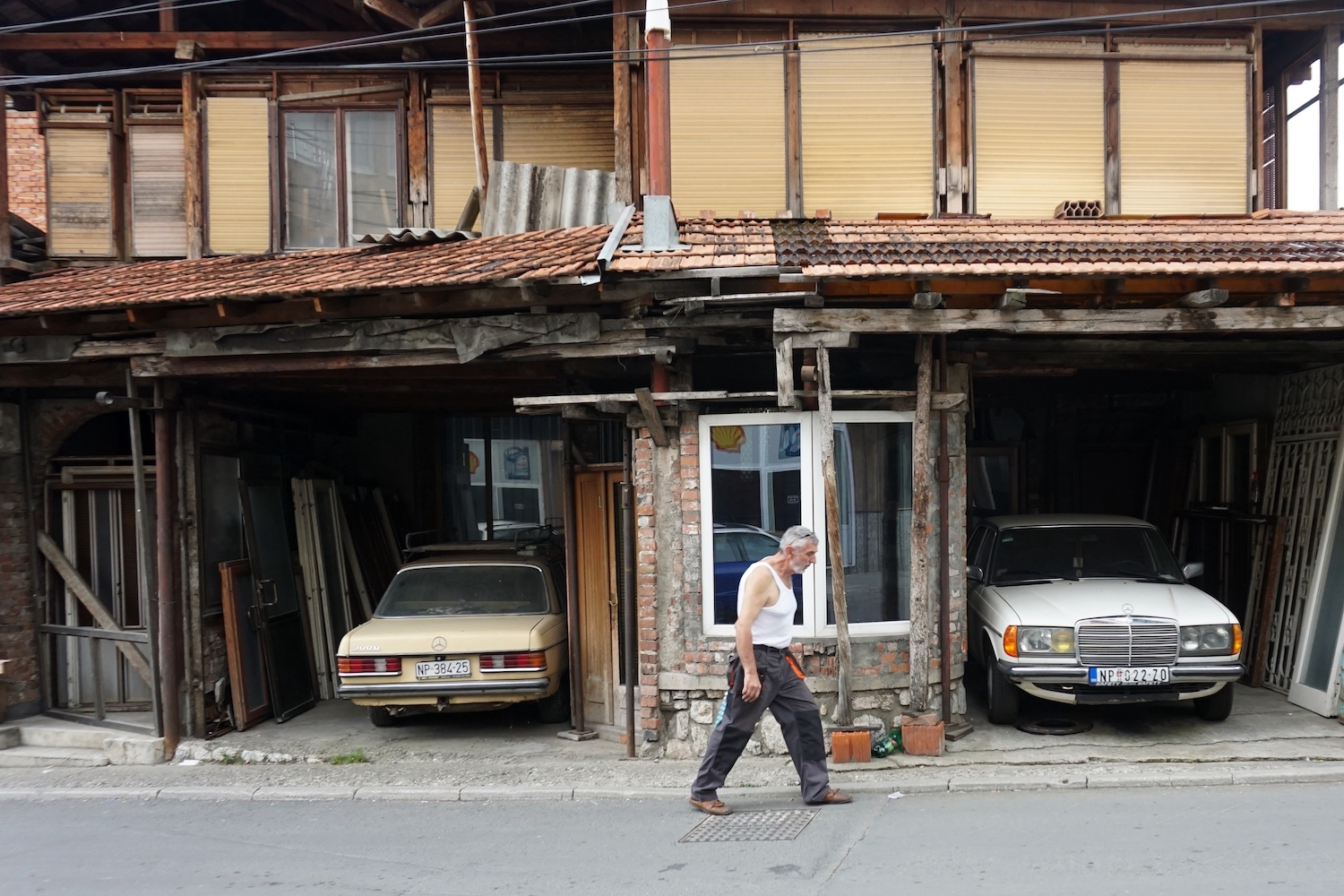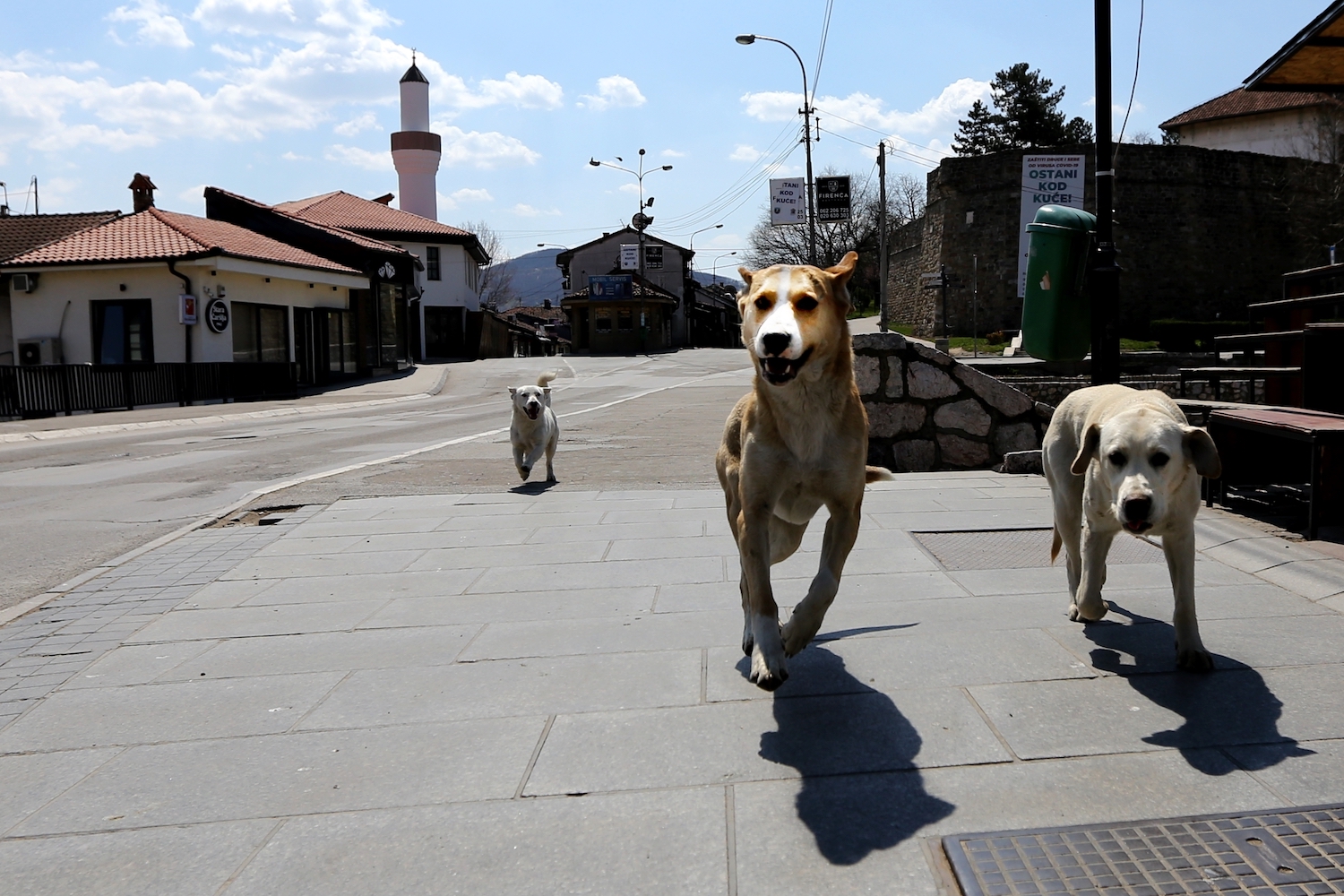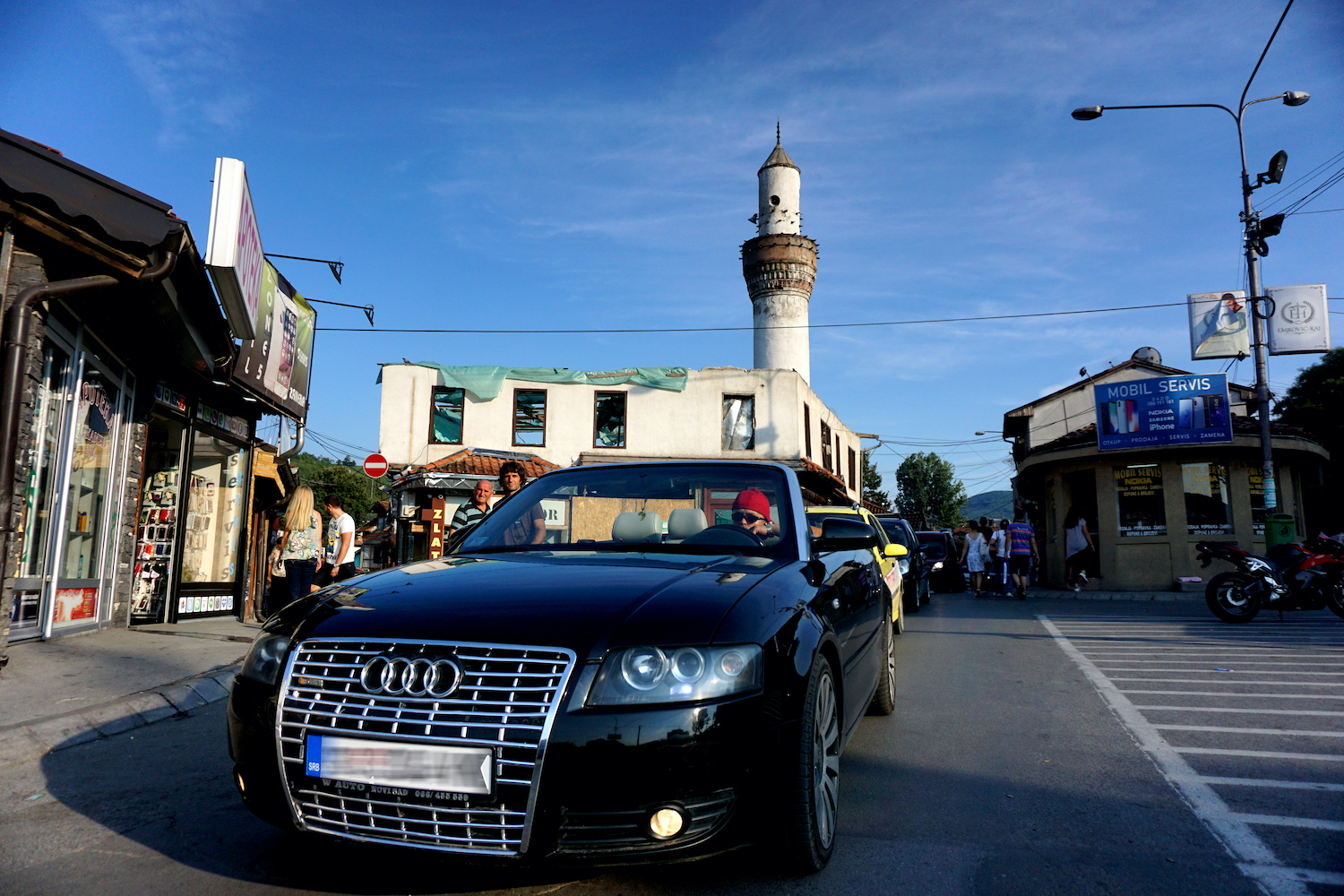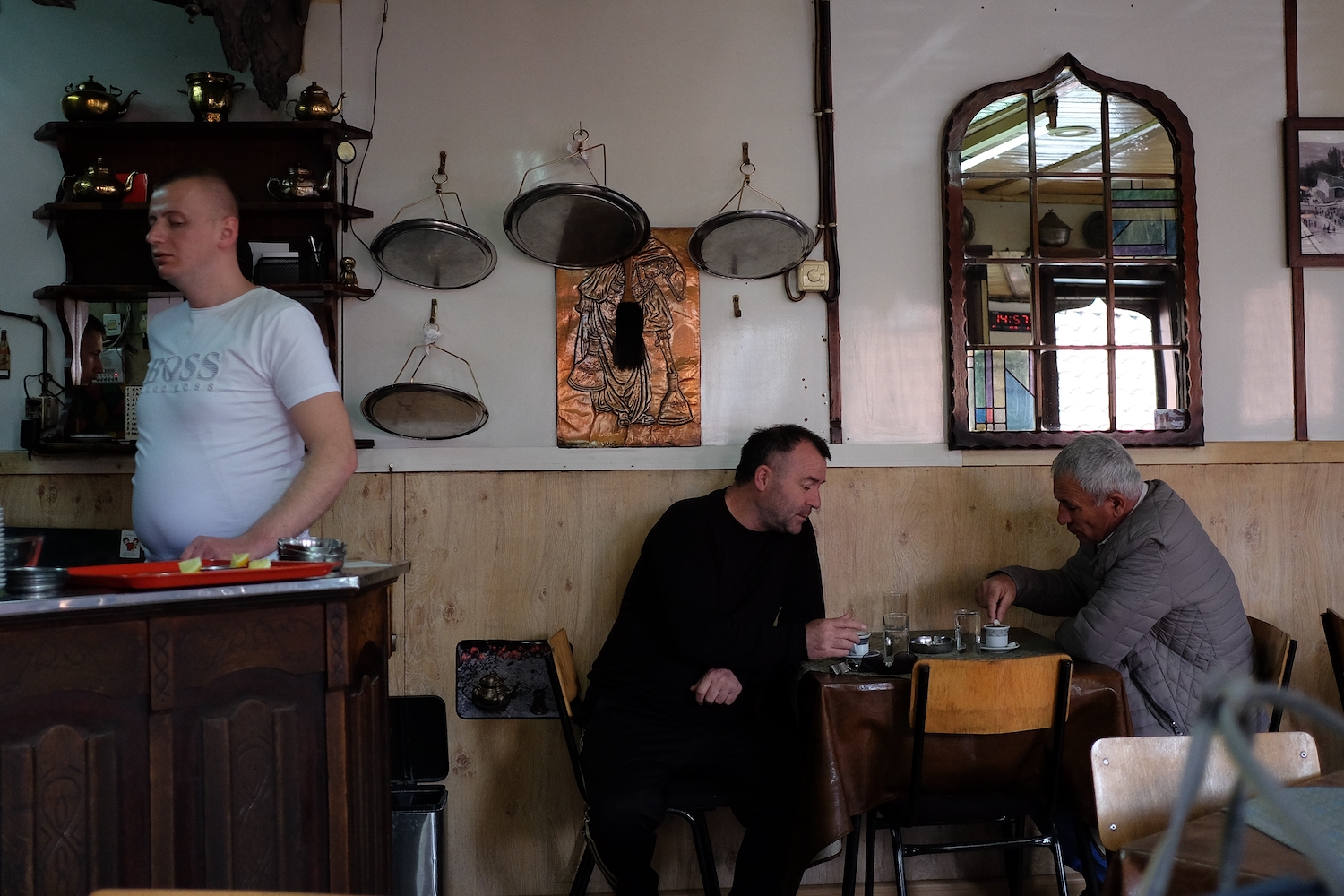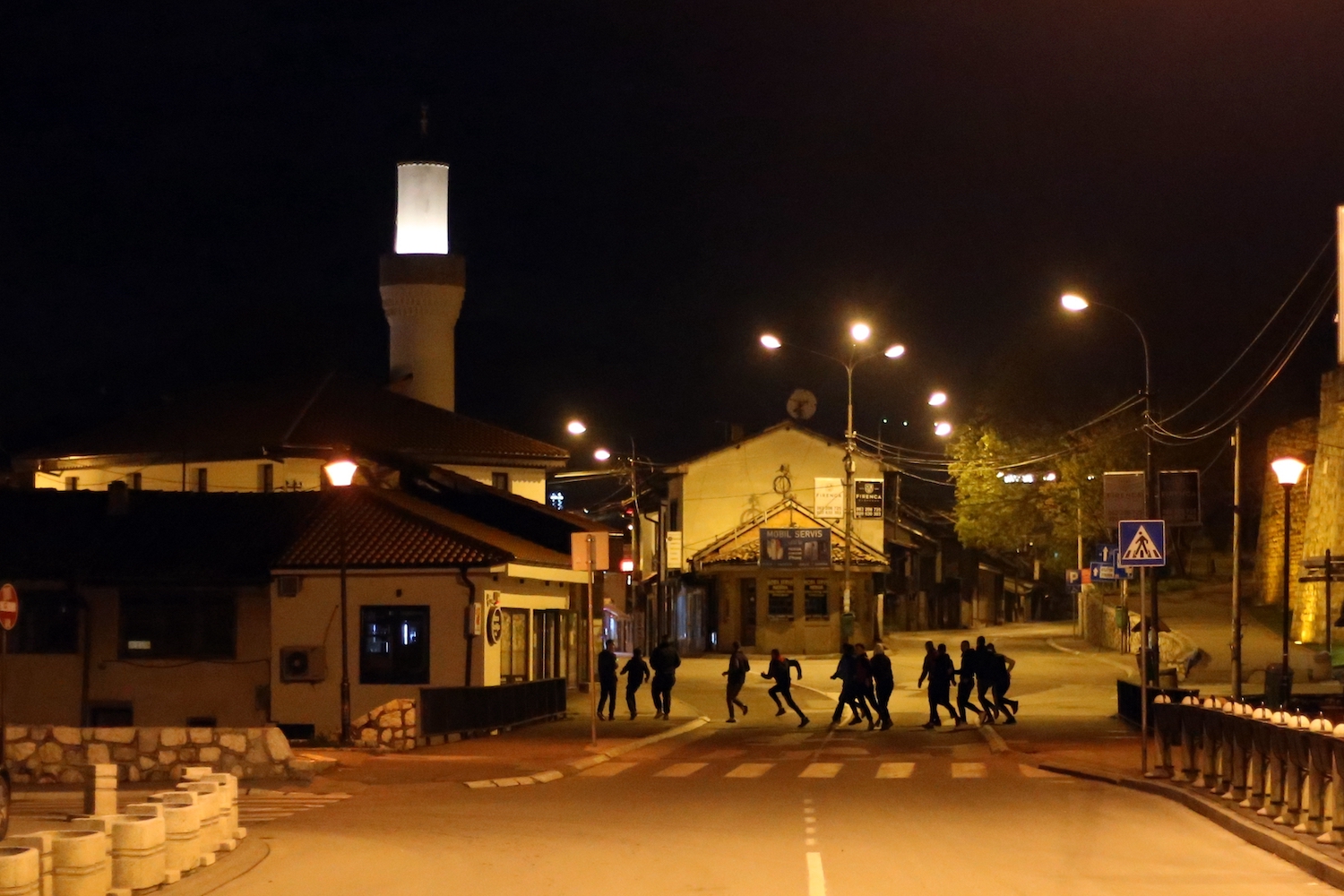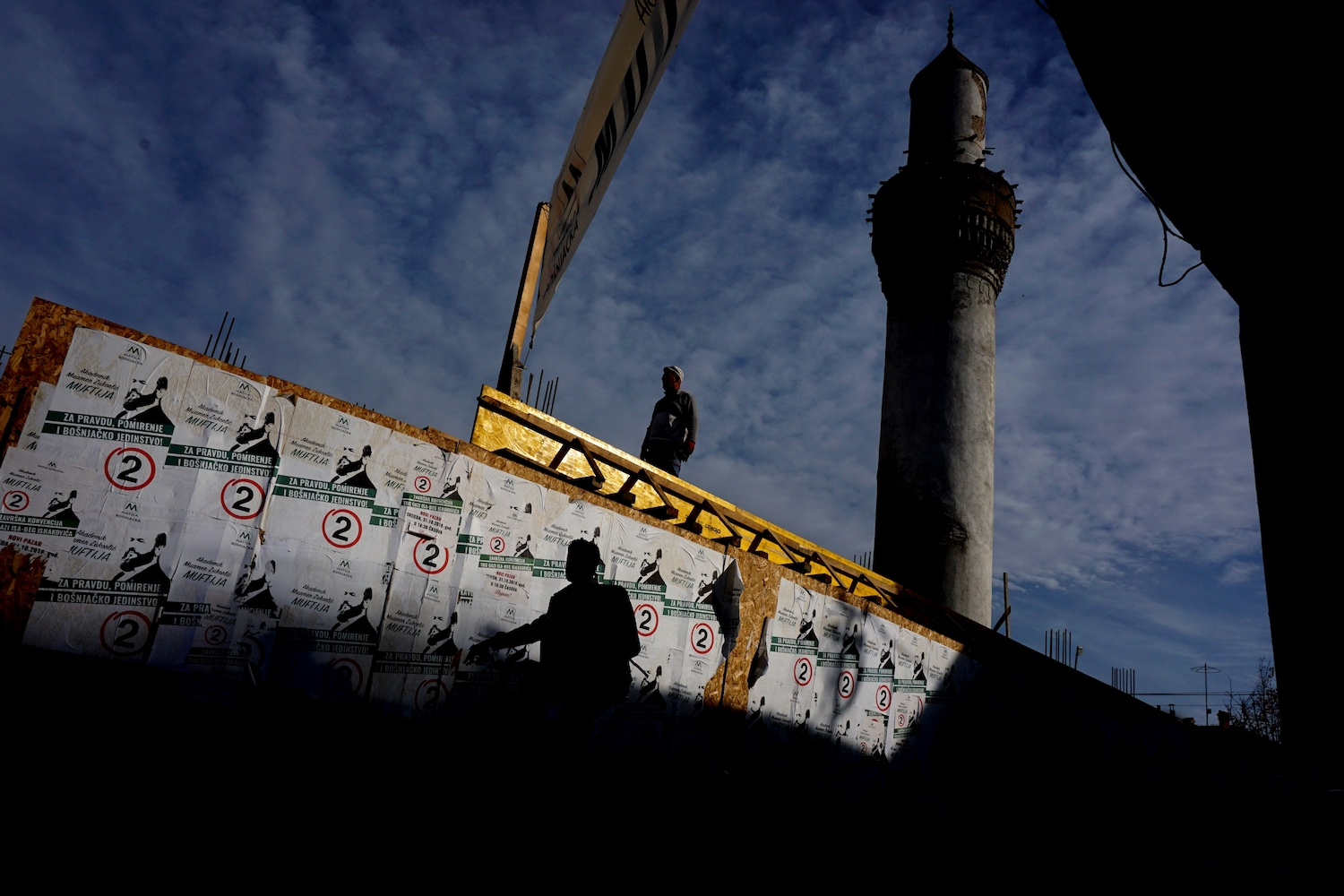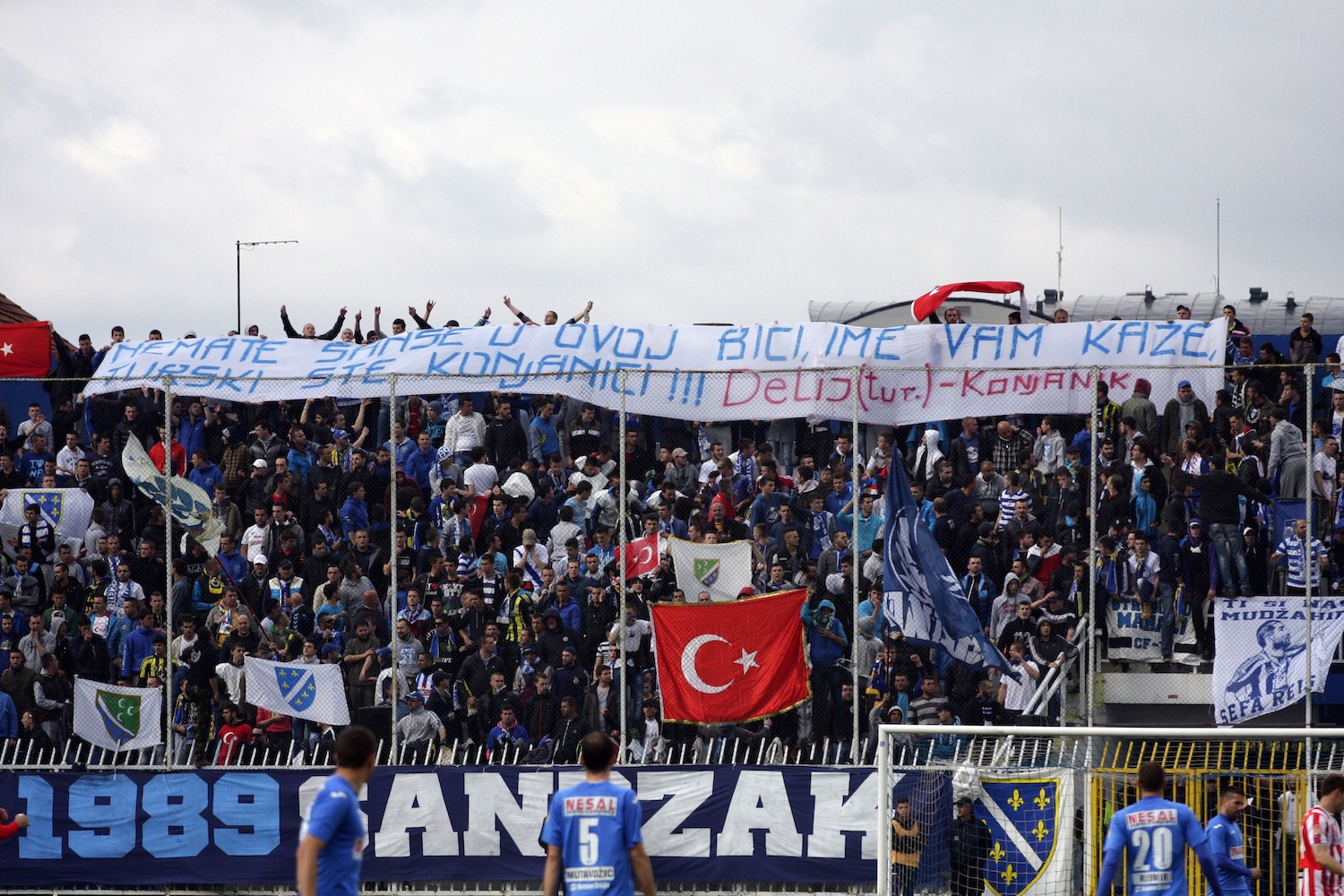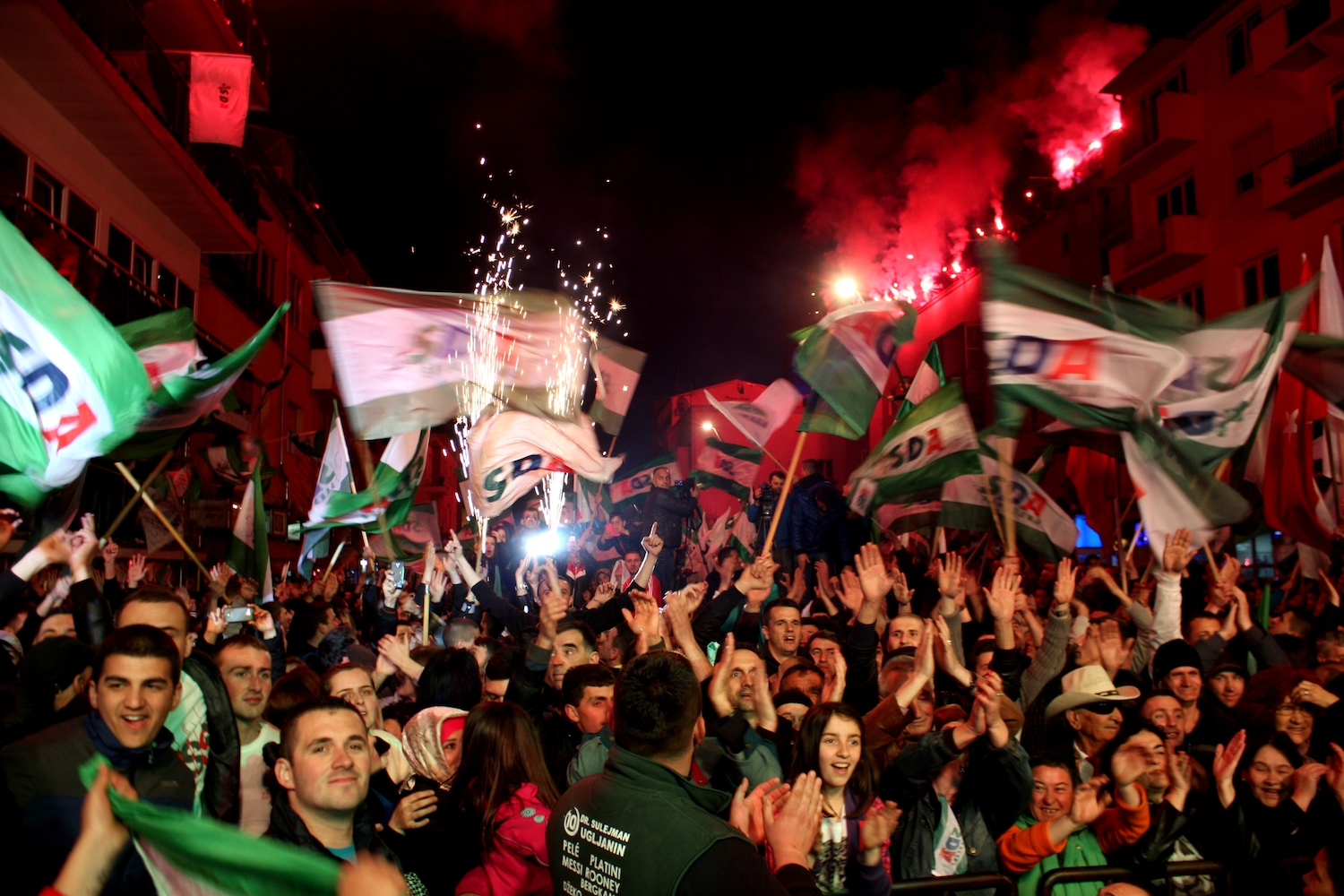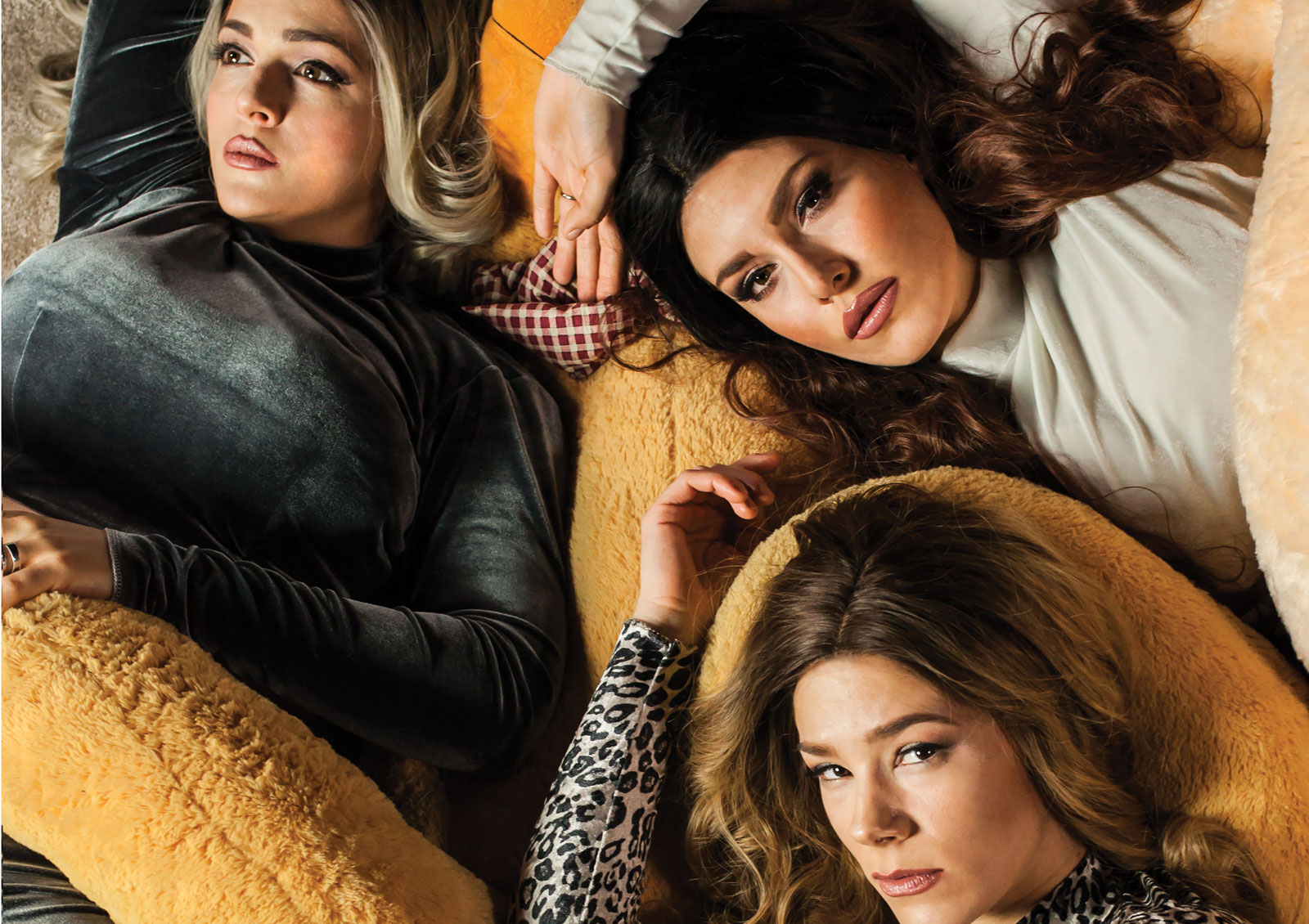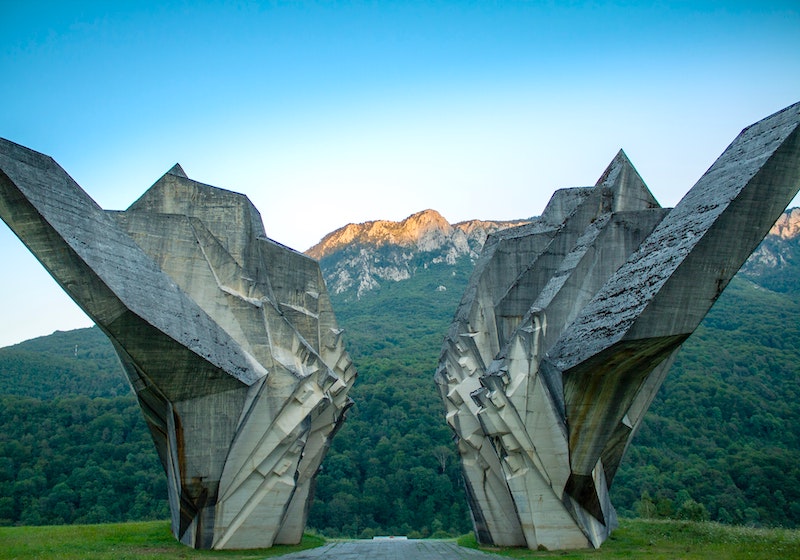‘People struggle to believe that we have cafes and nightclubs here.’ Inside Novi Pazar, Serbia’s most misrepresented city
Most Serbians will never visit the region of Sandžak, leaving an already marginalised area to suffer from misunderstanding and misrepresentation. But as photographer Irfan Ličina proves, the region's rich dual heritage has much to offer — and often looks very different to the austere world portrayed to outsiders.
Sandžak is one of those corners of the Balkans that, had recent history played out a little differently, could feasibly have ended up as its own independent country. Straddling both sides of the Serbia-Montenegro border, wedged between Bosnia to its north-west and Kosovo to its south-east, Sandžak is a region populated mostly by Muslims that’s located within two states with Orthodox Christian majorities.
Irfan Ličina, a 30-year-old photographer, was born and raised in Novi Pazar, Sandžak’s biggest city, which is located in south-west Serbia. “Pazar was encircled by tanks [in the 1990s],” he recalls. “It was just like in Sarajevo because the positioning of Sarajevo and Novi Pazar are identical: they’re both located at the bottom of a valley. Older people talk about how you’d go into town and see army reservists walking around, sitting in the cafes and restaurants in their uniforms. People say it wasn’t at all pleasant to live in that sort of atmosphere. Thankfully nothing [tragic] happened. Only dear God knows how.”
Novi Pazar, which takes its name from the Turkish word for “New Bazaar”, first emerged as a marketplace on the trade route between Istanbul and Dubrovnik in the 14th century. The town that it grew into and the region that surrounds it was conquered by the Ottoman Empire a century later, who introduced Islam to the area, giving its distinct cultural and religious identity. Today, its Orthodox and Islamic heritage, consisting of both medieval monasteries and Ottoman-era hammams, exist side-by-side, much like its Muslim and Christian communities. But while Pazar, as the city is called by the locals, and the wider Serbian Sandžak largely escaped the horrors that befell the Muslim populations in neighbouring Kosovo and Bosnia in the 1990s, the inter-ethnic tensions that have fuelled political demagoguery and military conflict in the Balkans for centuries still endure. In Serbia’s tabloid press, Novi Pazar is caricatured as the charred black heart of a barbaric, Mordor-like hinterland dominated by Islamic extremists. But according to Ličina, that couldn’t be further from the truth.
In Serbia’s tabloid press, Novi Pazar is caricatured as the charred black heart of a barbaric, Mordor-like hinterland dominated by Islamic extremists
“For years, Novi Pazar has been depicted in the media as this really dangerous place where you have all of these Wahhabi fundamentalists,” says Ličina. “You do have some of those, but there’s so few of them that it’s hardly worth talking about. There are these stories that you can’t kiss your girlfriend in the streets, that you can’t hold hands while walking through town because the Wahhabis won’t allow it. But if you come to Pazar you’ll see loads of women in mini-skirts, just like in any other city. People struggle to believe that we have cafes and nightclubs here.”
Serbia is one of the most centralised countries in Europe, where around a fifth of the total population live clustered together in Belgrade. Many of those only leave the capital to venture abroad, and even if they do travel domestically, few make the trip to Sandžak, one of the poorest regions in an impoverished country. This lack of contact fuels much of the myth and prejudice that mars the region’s reputation. Ličina’s street photography, by contrast, pierces through the propaganda and opens up a window into a part of the country that most Serbs would otherwise never see.
“I feel tied to this city through a sort of local patriotism,” says Ličina. “I want to record all these things that are happening here. The city is being destroyed: architecturally, politically, religiously, in so many different ways. But I feel that through photography I can preserve this period. That’s why I’ve always been drawn to documentary photography: because I can convey the truth that I see in front of me.”
According to Ličina, Sandžak exists in a state of quiet, frozen conflict with the central government in Belgrade who, in his view, have left the region to wither on the vine. He says that Novi Pazar’s Muslim majority, who make up around 85 per cent of the population, live in complete peace with their Orthodox neighbours, with only a few flared tempers on those rare occasions where Serbia and Bosnia meet in international sporting competitions. (Bosniak Muslims, although Serbian citizens, tend to support Bosnia as a way of expressing their frustration with how they’re treated by Belgrade.) Sandžak is poorly served by roads and railways, which stunts its economic development, and Ličina says that Bosniaks are consistently overlooked for public sector jobs that, in Serbia, tend to be better paid and more stable than private-sector employment. As an example, he points to the 10 new police officers employed by the local police department last year: eight are ethnic Serbs, a direct inversion of the city’s demographic profile.
This marginalisation fosters a sort of nebulous anger that constantly simmers but never seems to boil over — except when the local football team, FK Novi Pazar, plays one of Serbia’s two Belgrade-based superclubs, Red Star or Partizan. These games often lead to violence and, in one home match in 2013, a Novi Pazar supporter threw a home-made nail bomb in the section of the stadium that housed the visiting Partizan ultras. It failed to detonate and was likely a dud designed to make headlines. The incident, however, still highlights the rage that many Bosniaks feel towards those that they view as faraway Serb elites.
“The police won’t let [Novi Pazar supporters] bring the official Sandžak flag into the stadium,” grumbles Ličina. “But they allow opposition fans to bring in banners bearing the image of Draža Mihailović, who was a [World War II-era] chetnik commander and fascist collaborator. That’s a serious provocation to all Bosniaks in the stadium and [the police] don’t do anything about it. It really makes you wonder what the hell kind of country we live in.”
Feeling alienated from their own government, Bosniaks in Sandžak look to Ankara rather than Belgrade for political leadership. The Turkish president, Recep Tayyip Erdoğan, is idolised by Muslims in the region. Erdoğan reportedly lobbies the Serbian government to pay greater attention to the plight of Bosniaks and has even made two official visits to Novi Pazar, where the local population greeted him with a hero’s welcome. He might be maligned as an autocrat by the West, but the Turkish leader appears to feel a genuine warmth for Sandžak and its people due to their shared Ottoman heritage.
“The people of Sandžak are sympathetic to Erdoğan. He’s constantly asking the Serbian state to help improve the lives of us Bosniaks,” says Ličina. “That’s why when you had that military putsch a few years ago in Turkey, people came out into the streets to support him. You had a few hundred people waving Turkish flags in the centre of town, even though they couldn’t actually do anything to help him. The Turkish government has invested a lot in Novi Pazar. They’ve built schools, they helped renovate the local hospital. Now they’re helping build a road from Pazar to Tutin, [a nearby town]. The Serbian state didn’t want to invest a single dinar into that road.”
Although the Serbian government openly and vocally maintains close ties with Erdoğan’s regime, for Serb nationalists, Bosniak’s celebration of their Turkish roots are like a red flag to a bull. Most nationalism is built upon perceived grievances, and, in the Serbian case, it is rooted in the subjugation of Orthodox Christians during the period of Ottoman rule. This animosity served as the ideological foundation of the Bosnian War and many Serb hardliners see Bosniaks as a Muslim fifth column that hopes to drive Sandžak’s secession from the rest of the country. In reality, however, the dire economic situation in the region is pushing many to emigrate abroad in search of work – as is the case across most of the country. For all the tabloid fear mongering, the real danger facing Serbia is demographic collapse, not territorial disintegration.
“Someone at a local NGO recently said that the state doesn’t have to deploy tanks on Novi Pazar again to force Bosniaks out of Serbia,” says Licina. “They just have to let our quality of life decline like this and eventually we’ll leave to some European country – that’s how they’ll cleanse this area. I found that really interesting because in a way, that’s really what’s happening. Nothing ever changes and eventually people feel like they can’t afford to wait any longer, so they just go.”
